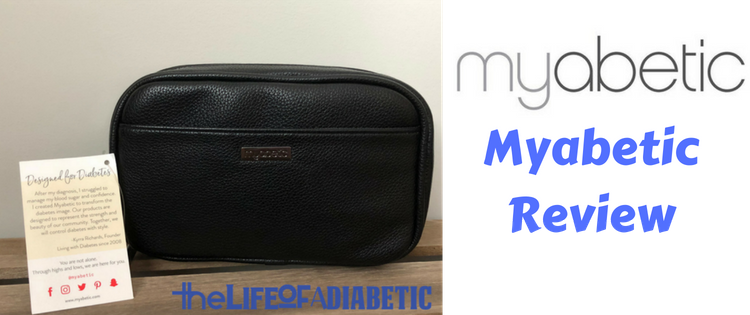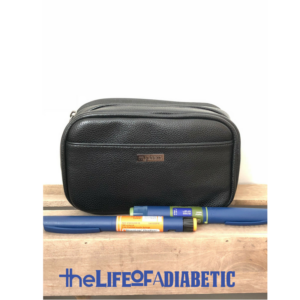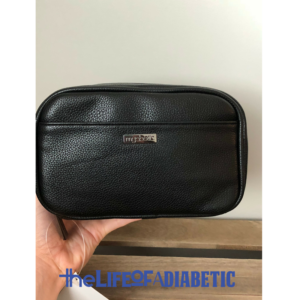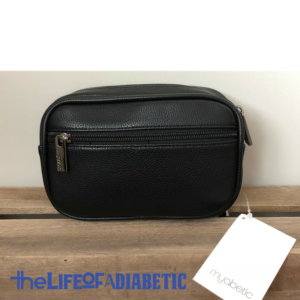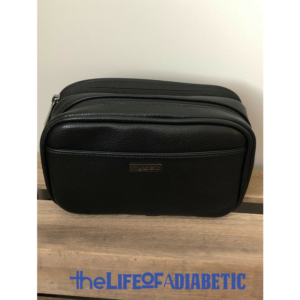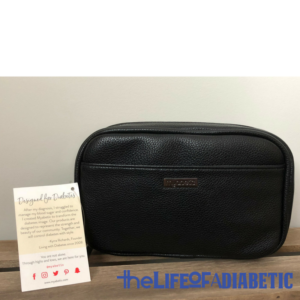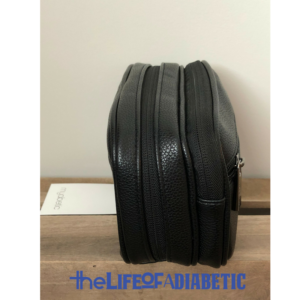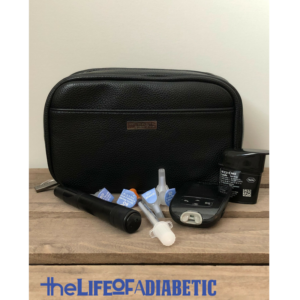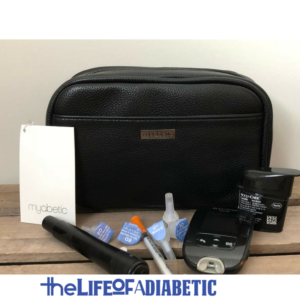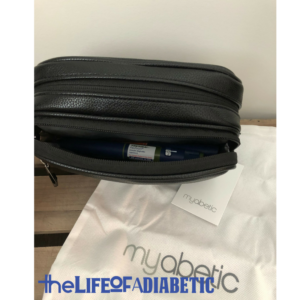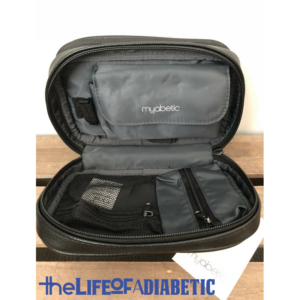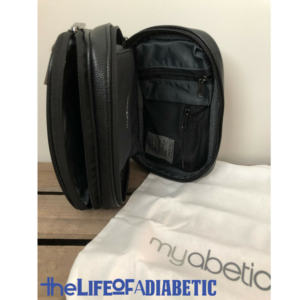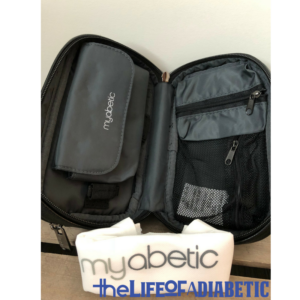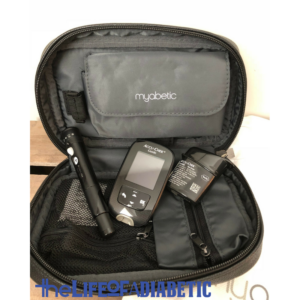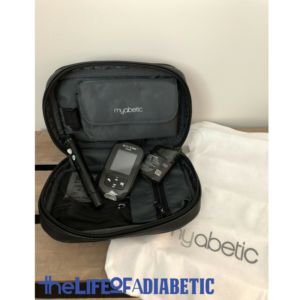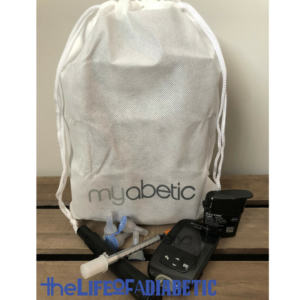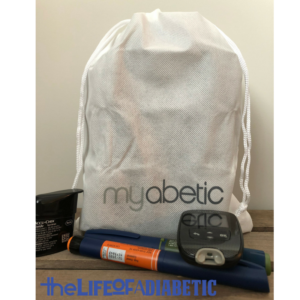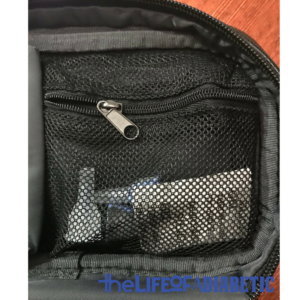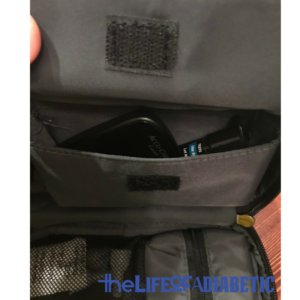Digital health is the new rage. Well, not so much new, but companies are going all in on digital health. Novo Nordisk is teaming up with startups for a diabetes challenge, aiming to create new digital health tools.
 This will be a competition that Novo Nordisk and Matter, a healthcare incubator, will be putting on. The competition actually started last week on October 9, I’m a bit behind on my news here. The concept of the competition is quite simple,
This will be a competition that Novo Nordisk and Matter, a healthcare incubator, will be putting on. The competition actually started last week on October 9, I’m a bit behind on my news here. The concept of the competition is quite simple,
The competition will ask entrepreneurs, researchers and other healthcare innovators to create new digital tools to help diabetes patients achieve better health
The initial applications are due October 26 where a group of 10-15 semi-finalists will move on to the net round. The next round will include a demo day which will then narrow the competition down to 2-3 finalists who will receive a $25,000 seed funding and also enroll in a 12-week accelerator where they will work with Novo Nordisk and Matter.
So, for those that may not know what an incubator is when it comes to the tech world, it is basically a company that helps startups grow and develop by offering them office space, networking among other startups in the same niche, office management help (for example providing support for their HR, office supplies, etc.). Incubators are important to startups because it allows them to collaborate with other startups and combine resources to grow their business.
The HBO hit show, Silicon Valley, is based around a tech incubator.
Now, why is this important and why am I sharing it on my site?
Great question.
The answer is quite simple.
It is programs and contests like these that will change the healthcare system. Some of the smartest people in the world will be working at these tech companies and they are starving for seed money and will put tremendous effort into these projects and competitions. They will be working with actual patient data that is provided by Novo Nordisk, so they will be able to utilize real life situations.
Digital health used to be the thing of the future, but in my opinion, it is the thing of NOW. So, we must embrace digital health and welcome it into our lives, because it is what is going to help people living with chronic conditions continue to live a happy, healthy and long life.
What are your thoughts on this competition? Do you know any tech companies that would be interested in submitting an application before October 26? Share this post with them.
Like what you read? Then sign up for The Life of a Diabetic newsletter to get all the week’s posts delivered directly to your email every Saturday morning.
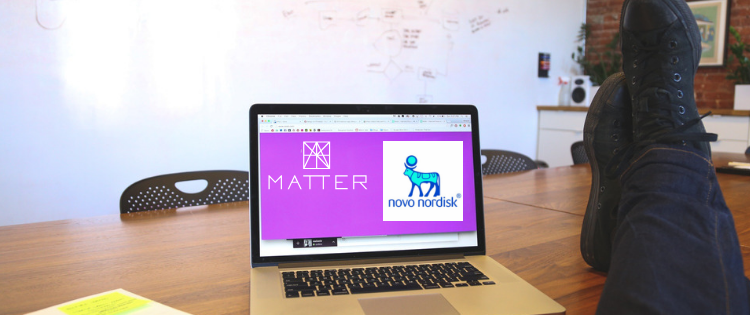

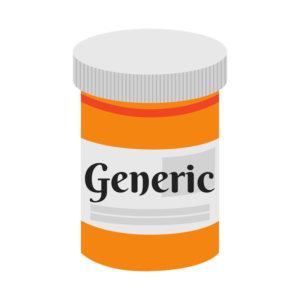 I get it, it makes sense, but it seems like a pretty sketchy move in my book.
I get it, it makes sense, but it seems like a pretty sketchy move in my book.
 Recently I wrote about an article talking about using digital health in all four stages of the patient journey, this is very similar. Using machine learning, or AI, during all 4 of these stages is where healthcare can be more predictive and maybe we can save more lives because of it.
Recently I wrote about an article talking about using digital health in all four stages of the patient journey, this is very similar. Using machine learning, or AI, during all 4 of these stages is where healthcare can be more predictive and maybe we can save more lives because of it.
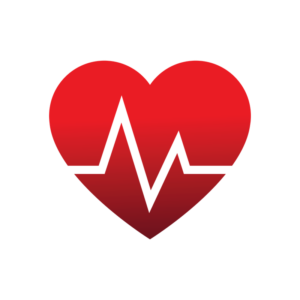 Wearing an Apple Watch and seeing that my heart rate is way too high tells me right away that I need to calm down and get my heart rate back to an ideal level.
Wearing an Apple Watch and seeing that my heart rate is way too high tells me right away that I need to calm down and get my heart rate back to an ideal level.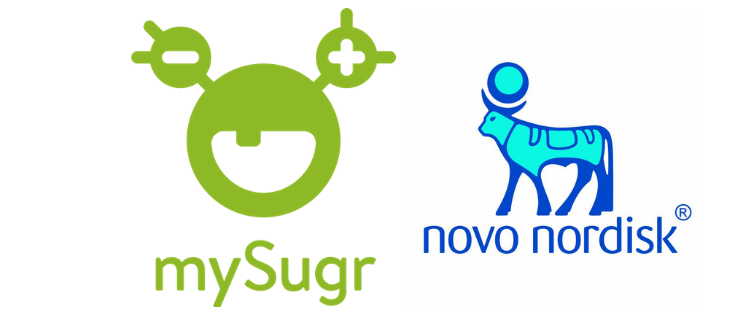

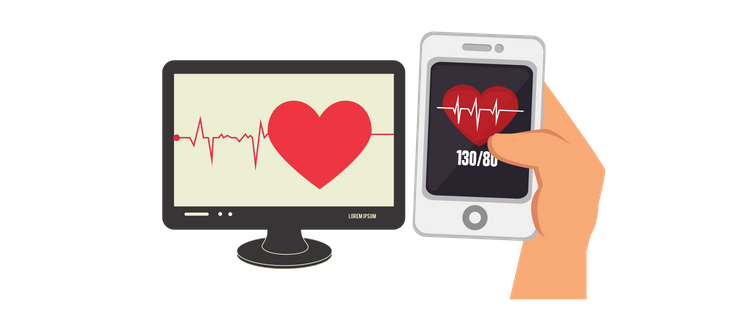
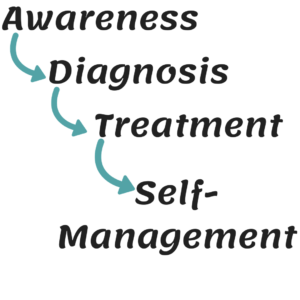

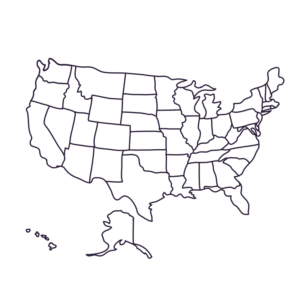 What are the reasons behind why people in Texas, Mississippi, Louisiana, Georgie and Nevada to round out the top 5 can’t afford to visit their doctor?
What are the reasons behind why people in Texas, Mississippi, Louisiana, Georgie and Nevada to round out the top 5 can’t afford to visit their doctor?

